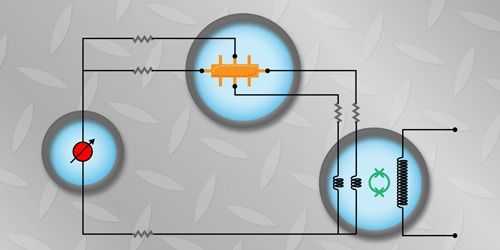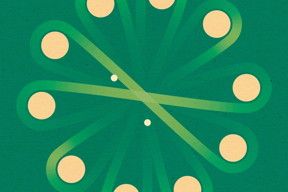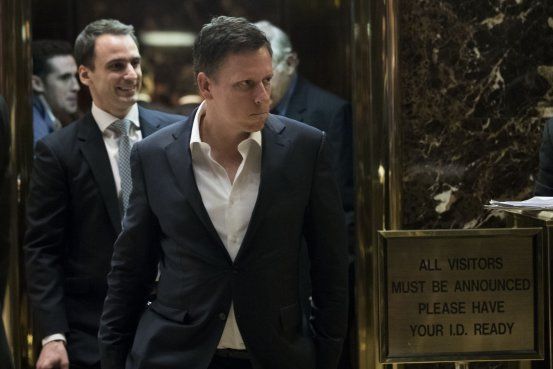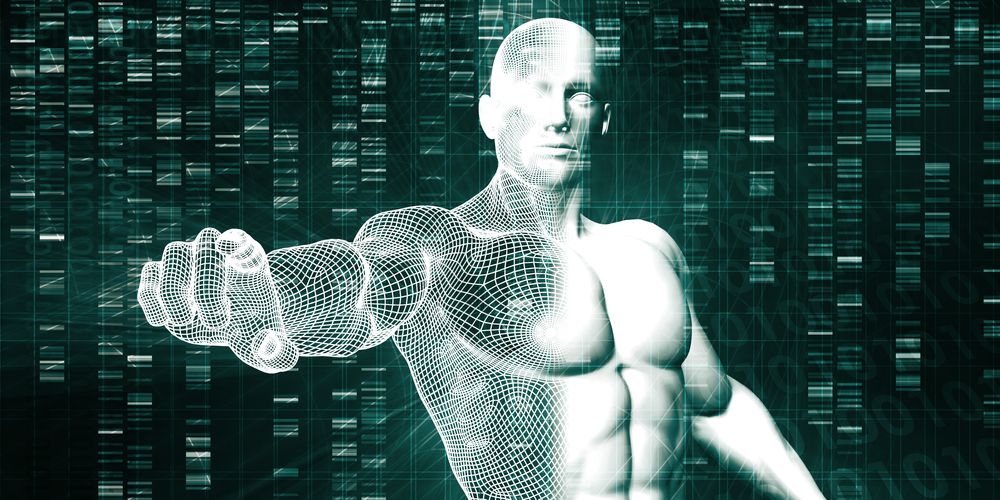Page 10630
Dec 13, 2016
Scientists are Creating a New Diamond Predicted to be Harder Than a Jeweler’s Diamond
Posted by Karen Hurst in categories: materials, nanotechnology
For all my Lab friends who utilize Spectrometers, drill bit fans as well as many of us QC fans. A new stronger syn. diamond being developed.
But you won’t find this diamond on any engagement rings — it will help cut through ultra-solid materials on mining sites.
Step aside, girls. Diamonds may now be a miner’s best friend, thanks to scientists from Australian National University (ANU).
Dec 13, 2016
Progress toward personalized treatments
Posted by Karen Hurst in categories: biotech/medical, health, neuroscience
More proof that Precision Medicine can predict and solve complex health issues.
Brain scans could help predict response to psychotherapy for anxiety and depression.
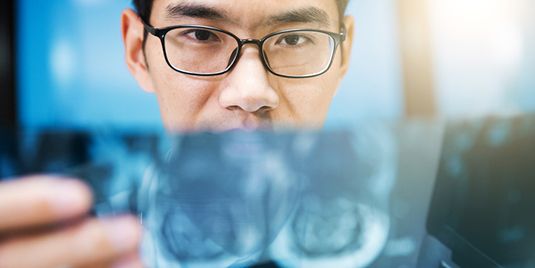
Continue reading “Progress toward personalized treatments” »
Dec 13, 2016
Squeezing life from DNA’s double helix
Posted by Karen Hurst in category: biotech/medical
DNA replication begins when the double helix, caught in a vice of proteins, melts, scientists have discovered.
Dec 13, 2016
Nano-Nouvelle Trial Delivers Nanotech Breakthrough
Posted by Karen Hurst in categories: mobile phones, nanotechnology, transportation
A successful production trial by Australian battery technology innovator Nano-Nouvelle has proved its pioneering nanotechnology supports industrial-scale manufacture, with output rates 100 times faster.
The Sunshine Coast-based company is developing world-leading nanotechnology that can boost the energy storage capacity of lithium ion batteries by as much as 50 per cent. Lithium ion batteries are used in devices ranging from mobile phones and notebooks to and electric vehicles and home energy storage systems.
As well as proving its technology, Nano-Nouvelle has worked with companies worldwide to ensure its battery-boosting breakthrough is usable with today’s production lines.
Dec 13, 2016
Cobra venom can help surgeons spot cancer tumours
Posted by Karen Hurst in categories: innovation, quantum physics
What do lethal cobra venom, quantum dots and cancer diagnosis have in common? Nothing — till a team of Russian and Indian scientists put their heads to it and developed an innovative technique to take sharp images of cancer growths.
 File photo used for representation.
File photo used for representation.
Improving Precision with Quantum — A new Precise Quantum Current Source developed to ensure calibrated currents meet the new redefined International System of Units.
A precision quantum current source has been designed to calibrate currents in terms of the soon-to-be-redefined International System of Units.
Metrologists are conservative by nature, knowing that the premature adoption of a new measurement standard could lead to confusion in both science and commerce. So it is a big deal that the International System of Units (SI) is poised to undergo its first major overhaul since its birth in 1960. Two years from now at the General Conference on Weights and Measures in Paris, officials will adopt a new SI in which every unit can be obtained from fixed values of several fundamental constants [1]. All eyes are on the kilogram, which will no longer be defined by the mass of a cylinder of platinum-iridium alloy that has been kept in a Parisian vault since it was fabricated in 1889. Somewhat overlooked, however, are advances in standards for electrical resistance and voltage, without which the new SI would not be possible.
Dec 13, 2016
Two electrons go on a quantum walk and end up in a qudit: Russian scientists find a way to reliably connect quantum elements
Posted by Karen Hurst in categories: biotech/medical, computing, nanotechnology, particle physics, quantum physics, solar power, sustainability
This is a BIG DEAL in QC, and Russian Scientists solved it.
Abstract: Scientists from the Institute of Physics and Technology of the Russian Academy of Sciences and MIPT have let two electrons loose in a system of quantum dots to create a quantum computer memory cell of a higher dimension than a qubit (a quantum bit). In their study published in Scientific Reports, the researchers demonstrate for the first time how quantum walks of several electrons can help to implement quantum computation.
“By studying the system with two electrons, we solved the problems faced in the general case of two identical interacting particles. This paves the way toward compact high-level quantum structures,” comments Leonid Fedichkin, Expert at the Russian Academy of Sciences, Vice-Director for Science at NIX (a Russian computer company), and Associate Professor at MIPT’s Department of Theoretical Physics.
Dec 13, 2016
Investor Peter Thiel Is Helping Mold Tech’s Ties to Donald Trump
Posted by Dan Kummer in category: life extension
Not posting for any political reasons. Only to show that this guy who is firmly behind Anti Aging tech will be a close adviser to the next President.
Peter Thiel, the billionaire venture capitalist and conservative libertarian, has long been a misfit in Silicon Valley.
Now as one of the tech industry’s main bridges to President-elect Donald Trump’s incoming administration, Mr. Thiel is playing a central role in helping shape the relationship with a president most tech titans didn’t want.
Continue reading “Investor Peter Thiel Is Helping Mold Tech’s Ties to Donald Trump” »
Dec 13, 2016
Genetic Editing Could Cause the Next Cold War
Posted by Zoltan Istvan in categories: genetics, government, transhumanism
My new article on the future geopolitical challenges of genetic editing: http://motherboard.vice.com/read/genetic-editing-could-cause-the-next-cold-war #transhumanism
If China pursues human genetic enhancement and the US retreats under a conservative government, it could create a divide between the modified and the not, sewing the seeds of global conflict.



